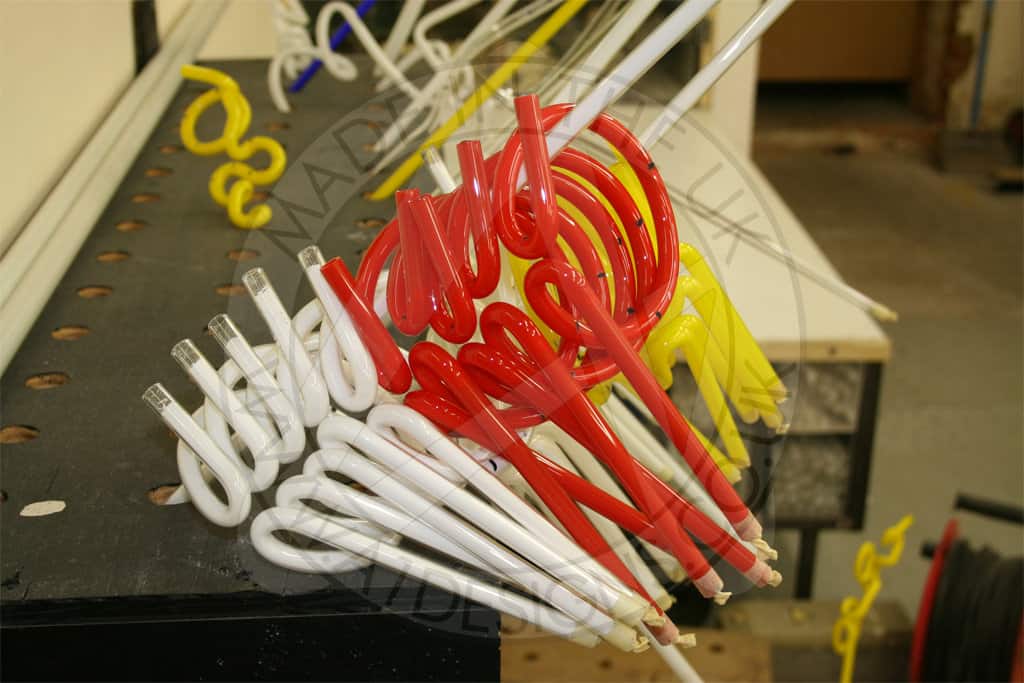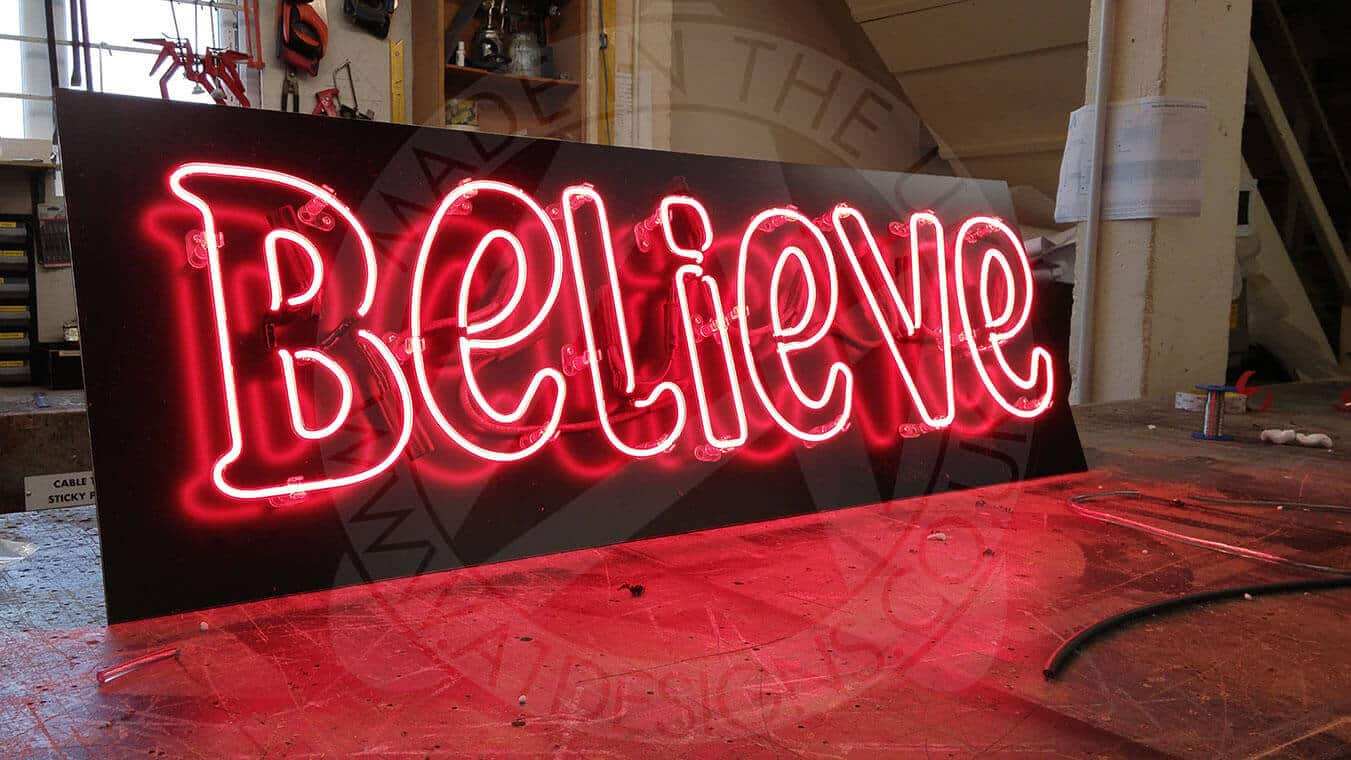How Neon Works: Explainer
Neon offers a unique and customised way to enhance any space with a captivating glow that is not only visually striking but also fully recyclable, durable, and highly versatile.
A Rich History
Neon has a long heritage. It was first produced in 1900 by Frenchman Georges Claude as a by-product of his air liquefaction process. Ten years later, at the 1910 Paris Motor Show, Claude unveiled the first neon lamps, displaying two 12-metre-long bright red neon tubes for the first time.
How Neon Works
A neon lamp is essentially a glass tube filled with either neon or argon gas—both of which are 'noble' or inert gases. These gases, including helium, xenon, and of course, neon, do not usually form stable molecules by chemically bonding with other atoms.
To create a neon light, a gas discharge tube is needed. By applying an electric voltage to electrodes at either end of the tube, the inert gas inside starts to glow. When the tube is off, it contains ordinary neon gas atoms. When switched on, the voltage separates the neon atoms, creating positively charged ions and free electrons. The neon ions move towards the negative terminal, while the electrons head towards the positive terminal at the other end.
As the charged particles move and collide, they generate energy in the form of photons—producing red light in the case of neon and blue light with argon. This continuous collision of particles results in the familiar constant glow of neon lights. In addition to light, the energy can also be emitted as heat, which means neon lights can become warm, especially in small diameter tubing, but they remain safe to use.
Expanding the Colour Palette
The introduction of phosphor coatings inside the tubes, along with the use of argon gas, has expanded the colour possibilities. Today, more than 150 different colours can be created, offering virtually limitless potential for signage, artwork, and other creative applications.
Neon remains a popular choice for its aesthetic appeal, durability, and versatility, offering endless possibilities for customisation.
Visit the A1deSIGNS website for more information on How Neon Works: Explainer






